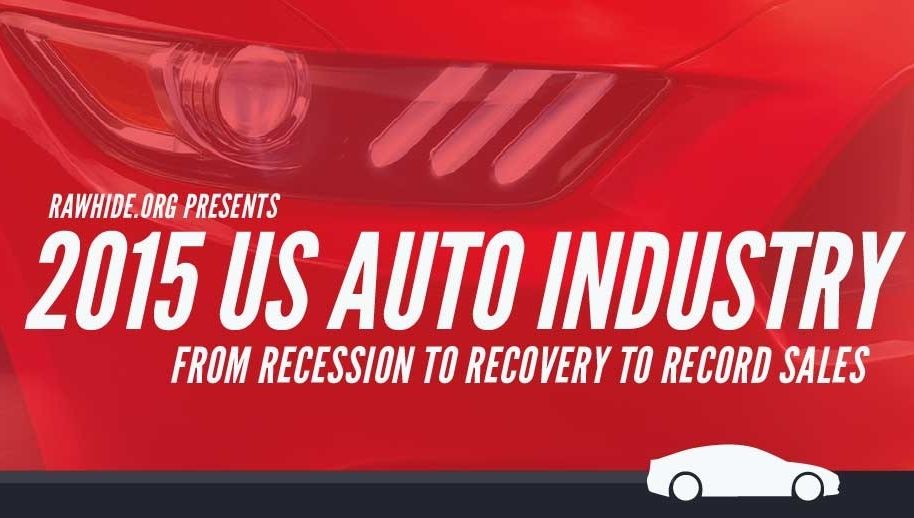The last few decades in the auto industry have certainly seen their ups and downs. The auto industry went from selling 17.3 million vehicles in 2000 to only moving 10.4 million units in the “Great Recession” of 2009. That’s fewer sales than in 1993 when the auto industry sold 13.9 million new vehicles. Slumping sales appear to be behind us, thankfully, as 2015 posted record numbers. Some 17.5 million new vehicles found homes last year.
Deals and incents can take some credit. Taking a look at the infographic->ke3844 down below, you’ll see incentives rose 3.9 percent per vehicle between 2014 and 2015, despite the average transaction price per vehicle rising some 2.5 percent from 2014 to $33,188.
The infographic also shows a telling story about buying practices as well. More drivers are leasing than ever before. In fact, 29 percent of new car sales are through a lease option. That represents a mere two percent rise over 2014, but a whopping 13 percent rise since 2005.
Buying trends are also in flux. Truck,->ke1311 crossover,->ke288 and SUV->ke145 sales are growing, while the car market is slowing dropping. Crossovers hold the highest growth, up 18.5 percent, followed by trucks at 13.1 percent and SUVs at 10.7 percent. The car segment lags behind, dropping 2.2 percent. Hard numbers tell a different tale; truck sales rose to more than 9.7 million new units, well above the dropping 7.7 million cars sold in 2015. Leading truck sales, of course, is the venerable Ford F-Series.->ke1913
There’s plenty of factors and explanations for these facts, so be sure to check out the full infographic further down the page. Just click “continue reading.”
Continue reading for the full story.
Why it matters
Sales numbers are a telling stat to consider. For automakers, numbers help them determine consumer buying trends, generalizations about a vehicle’s acceptance, and how well each company is doing financially. It’s for those reasons and several more that the auto industry is so well scrutinized.
What’s more, it’s just plain interesting to see how market trends and consumer interests change over time. The financial stability of the economy also plays a major role in the new-car purchases. Simply look at 2009 for an example. For most folks, buying a new car is the second largest purchase they will ever make, following their house. Purchases, therefore, are generally major undertakings, costing thousands at signing and hundreds each month following. Each one of these purchases represent – for the most part – many hours of consideration and deliberation. That’s something automakers and industry annalists can’t and shouldn’t soon forget.


